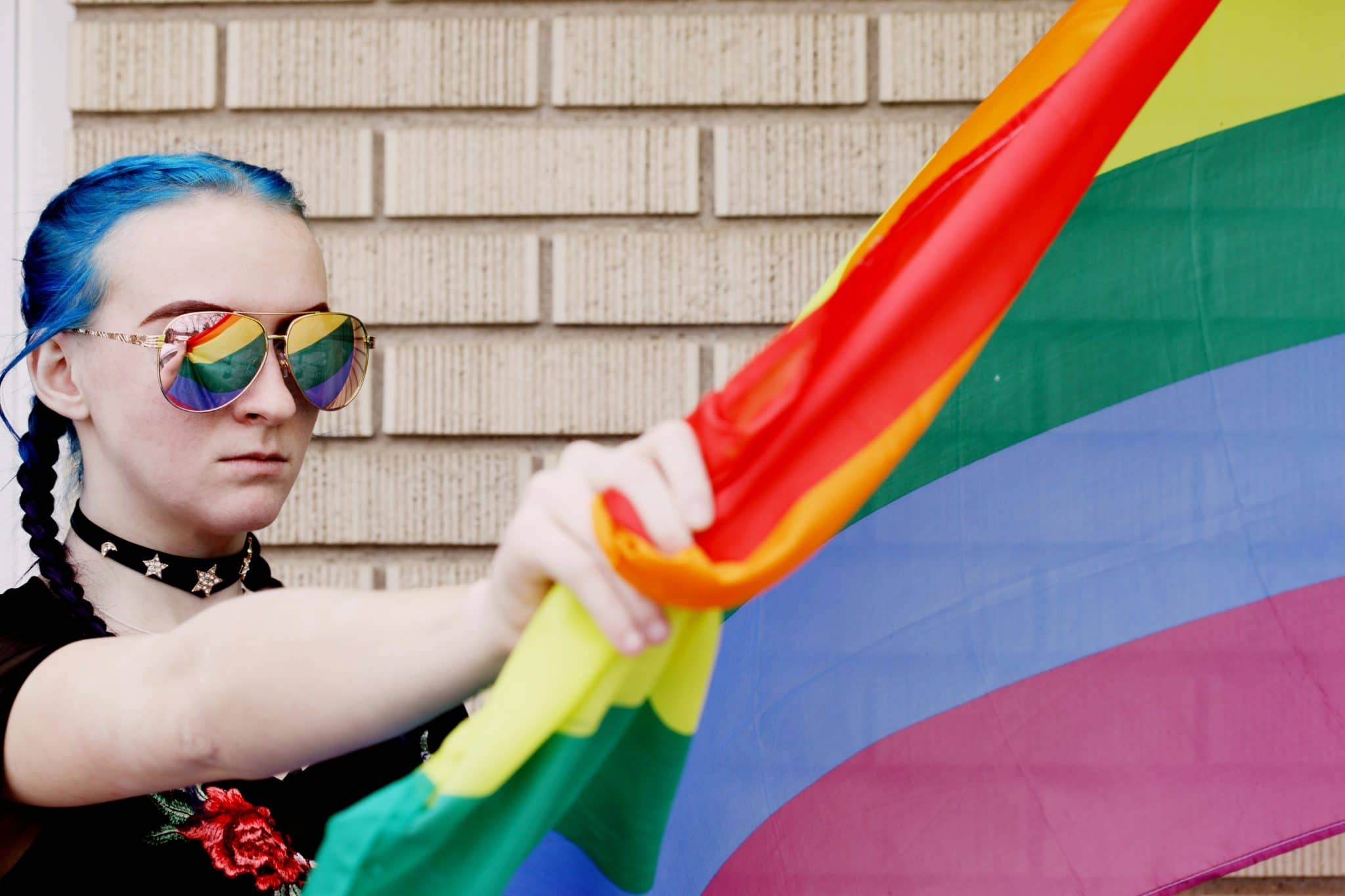LGBTQ+ Inclusion: Fostering Safe Spaces in Schools
In a world where diversity is celebrated and equality is championed, it is crucial for schools to provide safe and inclusive spaces for all students, including those who identify as LGBTQ+. While strides have been made in recent years towards LGBTQ+ inclusion, it is still a pressing issue that requires attention and action in educational institutions. With LGBTQ+ students facing discrimination and isolation, it is imperative for schools to create an environment that fosters acceptance, understanding, and support for the LGBTQ+ community. In this article, we will explore the importance of LGBTQ+ inclusion in schools and discuss practical ways to foster safe and welcoming spaces for LGBTQ+ students.
The Need for LGBTQ+ Inclusion in Schools
The impact of LGBTQ+ inclusive education is far-reaching and goes beyond the classroom. For LGBTQ+ students, having a supportive school environment has been linked to lower rates of anxiety, depression, and suicide attempts. On the other hand, studies have shown that LGBTQ+ students in schools with hostile environments are more likely to experience bullying, poor academic performance, and even drop out of school.
Creating a school culture that is open and inclusive of LGBTQ+ individuals not only supports the well-being of students, but it also sends a powerful message about acceptance and respect for diversity. Schools have a responsibility to prepare students for the real world, and in today’s society, that includes understanding and embracing all identities – including those within the LGBTQ+ community.
The Role of Educators
Educating Themselves
One of the first steps for educators to foster LGBTQ+ inclusion in schools is to educate themselves on LGBTQ+ topics and issues. This can be done through attending training sessions, seeking resources and materials, and actively engaging with the LGBTQ+ community. Having a basic understanding of LGBTQ+ identities, pronouns, and experiences of discrimination and exclusion is essential in creating a supportive environment for LGBTQ+ students.
Modeling Inclusivity
Educators also have a powerful influence on their students and can greatly impact the school culture through their actions and words. Modeling inclusivity in their classrooms and interactions with students is key in creating a safe and welcoming space for LGBTQ+ individuals. This can include using inclusive language, addressing homophobic and transphobic comments, and celebrating diverse identities.
Implementing LGBTQ+ Inclusive Policies and Practices
Gender-Neutral Bathrooms
Providing gender-neutral bathrooms is an essential step in creating an inclusive school environment for transgender and gender-nonconforming students. By removing the gender binary from restroom options, schools can ensure that all students feel comfortable and respected while using the facilities.
Anti-Bullying Policies
Bullying is a prevalent issue in schools, and it is particularly harmful to LGBTQ+ students who often face bullying based on their gender expression or sexual orientation. Implementing strong anti-bullying policies that explicitly address discrimination and harassment based on LGBTQ+ identities is crucial in creating a safe and supportive learning environment for all students.
Fostering Support Networks
Along with policies and practices, schools can also foster support networks for LGBTQ+ students. This can include creating student-led initiatives such as Gay-Straight Alliances (GSAs) and organizing events and workshops to educate students on LGBTQ+ issues. These initiatives not only provide a sense of community for LGBTQ+ students, but they also promote understanding and acceptance among all students.
The Importance of Parental Involvement
Parents play a critical role in promoting LGBTQ+ inclusion in schools. By educating themselves on LGBTQ+ topics and issues, parents can support their children and communicate to school officials the importance of creating a safe and inclusive environment for all students. Parents can also advocate for LGBTQ+ inclusive policies and provide a supportive and accepting home environment for their LGBTQ+ children.
Conclusion
Inclusion and diversity should be at the forefront of every educational institution’s priorities. While there is still progress to be made, schools can take important steps towards creating a safe and welcoming environment for LGBTQ+ students. By educating themselves, modeling inclusivity, implementing policies and practices, and fostering support networks, schools can help create a world where all students feel valued and accepted, regardless of their sexual orientation or gender identity.










